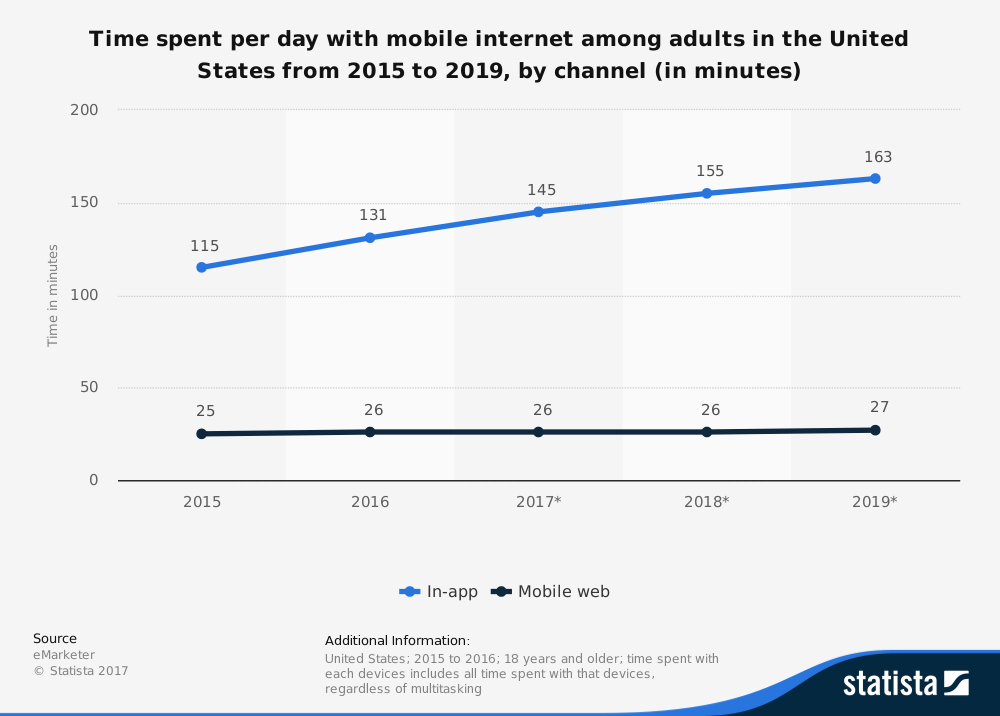 When broadcasters get ready to launch a new radio station, they often focus on the on-air elements while the digital components of the launch are an afterthought. Yet when people want to know more about the new radio station in town, they’re very likely to go online in search of information. So make sure you’ve done the following before launching your station:
When broadcasters get ready to launch a new radio station, they often focus on the on-air elements while the digital components of the launch are an afterthought. Yet when people want to know more about the new radio station in town, they’re very likely to go online in search of information. So make sure you’ve done the following before launching your station:
1. Develop a website.
First and foremost, develop a website for your new radio station. Web developers can build a site in a “staging” area where that it’s not publicly visible. Then, when you’re ready to launch, they can push it live with a few mouse clicks.
When choosing a platform for your website, remember that you’ll want to use a Content Management System, such as WordPress.
Make sure you have this content on every page of the website:
- A positioning statement (so people know what music your station plays)
- The frequency
- The name of the city that the radio station is in
- A button that allows people to listen to the station online
- A sign-up form for the station email list
I also recommend putting a large photo collage of your core artists on your homepage (not a slideshow!). Also, make sure you have interior pages with these on your site:
- DJ bios (if you have any yet)
- A playlist
- Information for potential advertisers
Finally, make sure your website is optimized for search engines, as people may turn to Google to find out more about the station.
2. Stream the station.
If people can listen to your station on their radios, they should also be able to listen to your radio station on their computers. After all, year after year, our Techsurvey results show that the percentage of people with radios in their homes is going down while the number of people who listen online is going up. If you’re new to streaming or need a refresher on the basics, watch our Streaming 101 webinar.
3. Set up an email database.
From day one, you’ll want to collect email addresses from listeners. Not only do you want to encourage people to sign up on every page of your site, but you’ll want to begin emailing them right away. If people sit in your database for months without receiving any emails, they’re likely to unsubscribe when they finally get something from you. Of course, you’re going to be very busy with the new station, so I recommend automating your email campaigns so you don’t have to spend a ton of time on them.
4. Claim your social media accounts.
Some broadcasters don’t like to claim their social media handles on networks like Facebook and Twitter because they’re worried that they’ll tip their hands to the competition. While this is a risk, I think the far greater risk is that the competition grabs a social media handle that you left unclaimed. But don’t just take my word for it — ask former Jacobs Media social media expert Lori Lewis.
5. Create a bank of online content.
We know that creating online content is at the heart of any successful digital strategy, but it’s hard to get into the routine of creating online content — especially if you haven’t fully staffed your radio station yet. Make life easier by building up a bank of content before the station signs on. If you need some inspiration, here’s a list of blog topic ideas. You can also enlist guest bloggers to help you out.
6. Make lists of local influencers.
One of the best ways to get word about your station to spread on social media is to engage with locals who have their own following on social media. These people could be local athletes, journalists, or musicians. Influencers can also be organizations, such as music clubs, festivals, sports teams, or universities. Once you have your lists, it’s time to start engaging with these influencers. I have found that Twitter is a particularly useful tool for this.
7. Create production elements promoting your digital assets.
There’s a good chance that when your station first launches, it won’t have its on-air personalities in place. That means you’ll be running a lot of sweepers between songs. Don’t let this opportunity go to waste! Use these production elements to drive people back to your radio station’s digital assets.
8. Launch a mobile app.
These days, a mobile app is a critical way for radio stations to reach their listeners. Research by eMarketer shows that the vast majority of time people spend on their mobile devices is spent in apps, not on mobile browsers. And that amount of time is growing!

Make sure you hit the ground running by having a mobile app available for download on day one. Our sister company, jācapps, can develop a mobile app for your radio station in as little as a week.
9. Submit your radio station to TuneIn.
Alas, these days many tech companies like Amazon, Apple, and Google turn to a small handful of apps when looking to include radio stations in their projects. This has an impact on whether or not your radio station can be found in car dashboards and smart speakers. In the long run, you’ll want to develop a proactive plan for getting your radio station onto every platform. In the short run, submit your station to TuneIn, which will suffice until you’ve got the bandwidth to do more.
Of course, there’s a lot more to do once the station is up and running, but you’ll need to pace yourself. It takes vision to get a brand new station off the ground — but don’t limit that vision to the airwaves. Pay attention to the digital aspects of your station, too.
More Digital Tips
- 7 Digital Skills Broadcasters Can Learn to Level Up in 2023
- 5 Ideas for Podcasts That Your Radio Station Can Launch Now
- 5 Takeaways From Podcast Movement 2022
- Why Your Radio Station Should Use a Content Management System (CMS) for Its Website
- Use Pinterest and Holiday Recipes to Drive Traffic to Your Radio Station’s Website
- A Simple Digital Treat to Thank Your Radio Listeners This Thanksgiving - November 13, 2023
- Interview Questions When Hiring Your Radio Station’s Next Digital Marketing Manager - November 6, 2023
- A Radio Conversation with ChatGPT: Part 2 – Promotions - October 30, 2023





Leave a Reply